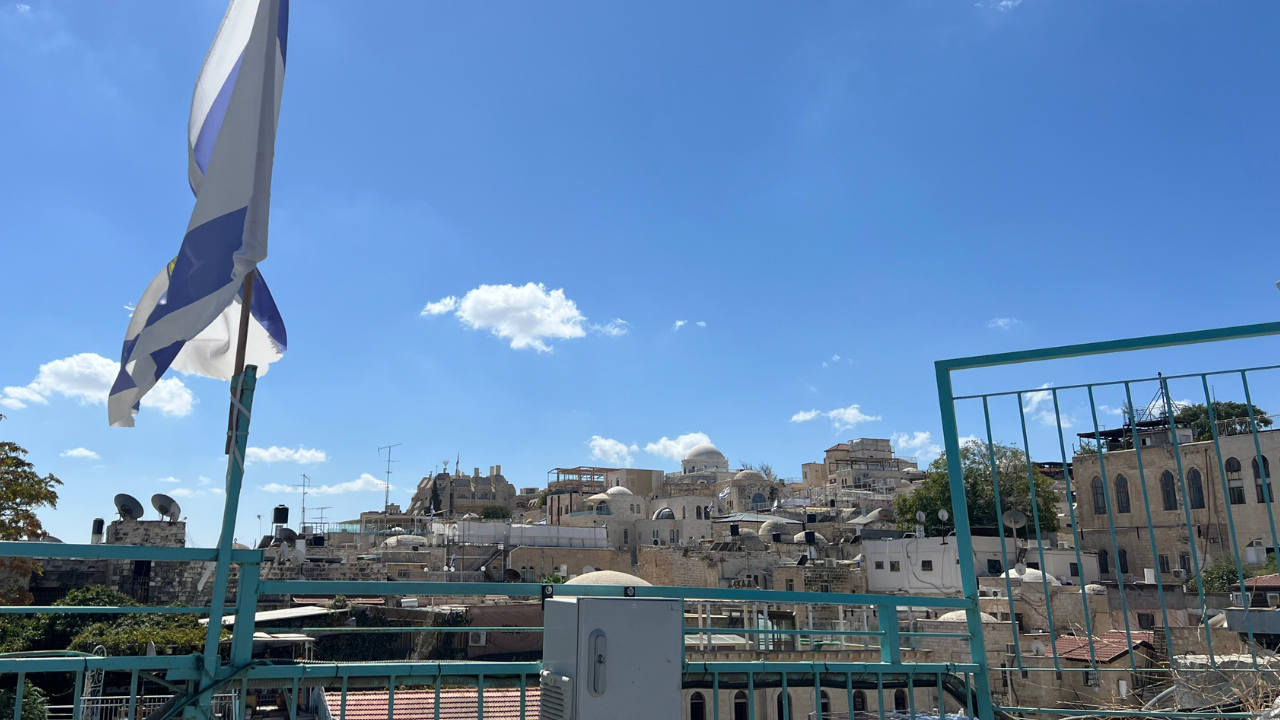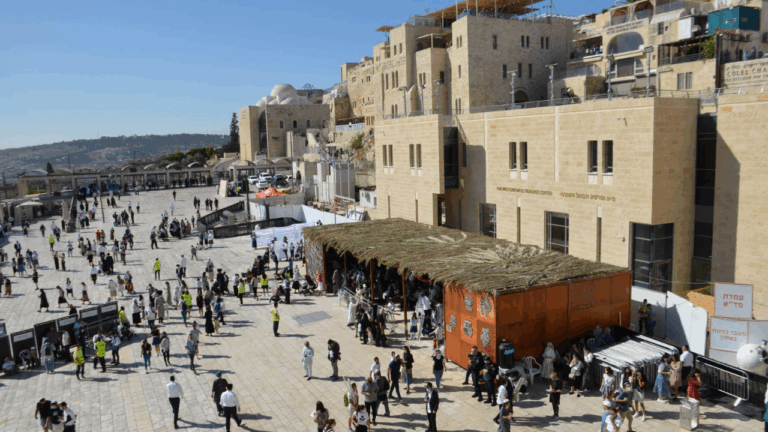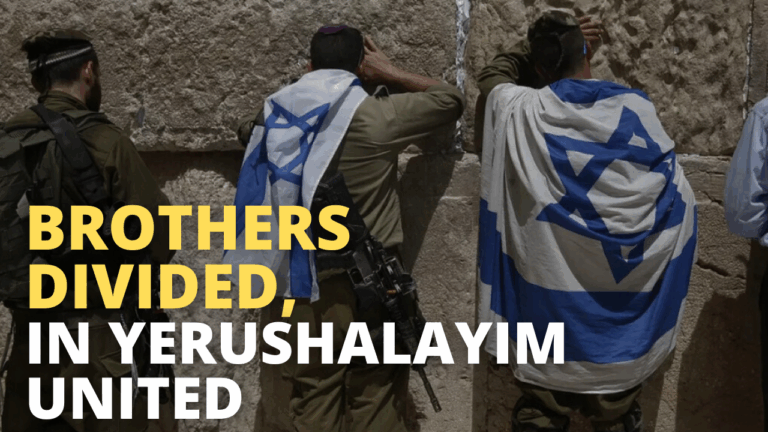Lifnei Hashem In Purity and Joy
The Torah often employs the phrase לפני ה’ – before Hashem. Yet its precise meaning is not fixed. At times it denotes the heichal, the inner sanctum of the Beit HaMikdash. In other contexts, it refers to the courtyard of the Mikdash. Elsewhere, the Torah is referring to Yerushalayim as a whole.
The mitzvah of lulav provides a perfect example of this flexible interpretation. The Torah commands us to take the dalet minim on the first day of Sukkot but then adds another layer of obligation: to rejoice before Hashem for all seven days of the festival – ושמחתם לפני ה’ אלוקיכם שבעת ימים. Chazal explain that this “rejoicing” alludes to the commandment of lulav in the Mikdash. While the mitzvah of lulav only applies on the first day outside of the Mikdash, the mitzvah applies all seven days within the Mikdash itself (Sukkah 41a).
But what exactly does Mikdash refer to? This question is debated by the Rishonim. Rashi (Sukkah ad loc.) assumes that this term refers exclusively to the Beit HaMikdash itself. Even Yerushalayim is excluded from the special commandment of lulav for all seven days. However, the Rambam (Peirush HaMishnayos Sukkah 3:10) expands the definition of Mikdash and says that all of Yerushalayim is included. Essentially, there is a biblical commandment to take up the lulav anywhere within the holy city for all seven days.
(Parenthetically, the Rambam’s position raises a fascinating possibility: Jews today who take lulav in the Old City may be fulfilling a biblical mitzvah, not just a rabbinic remembrance. In fact, it is commendable to ensure that one own the lulav that he is taking within the Old City for all seven days, a stringency normally reserved for the first first day of Sukkot only. See Bikkurei Yaakov 658:1)
Despite the flexible definition of the phrase לפני ה’, there is one unifying theme. Rav Hutner zt’l notes (Pachad Yitzchak, Yom Kippur 2:7) that the phrase always refers to a place in which the sacrificial service is performed by the community. Chazal explicitly exclude an individual’s mizbeach that is not designated for the tzibbur. Only those places which are sanctified by the divine service of the entire congregation can be considered “before Hashem.” For any individual to merit standing in Hashem’s Presence, the entire Jewish people must also be invited to join.
Rav Hutner notes that לפני ה’ is only used outside the context of physical space once; on Yom Kippur, the Torah tells us that we are “purified before Hashem.” The implication is clear: only when Jews are joined together can they merit the purifying effects of Hashem’s divine Presence.
We are currently transitioning from the beautiful purity of Yom Kippur to the ecstatic rejoicing of Sukkot. Yet, both taharah and simcha ultimately stem from being lifnei Hashem. In order to unlock the spiritual bounty of these holy holidays, it is vital that Jews stand together in Yerushalayim, serving the Ribbono Shel Olam in unity and harmony. May we soon merit the purity and joy of unified service in the fully rebuilt Yerushalayim.



